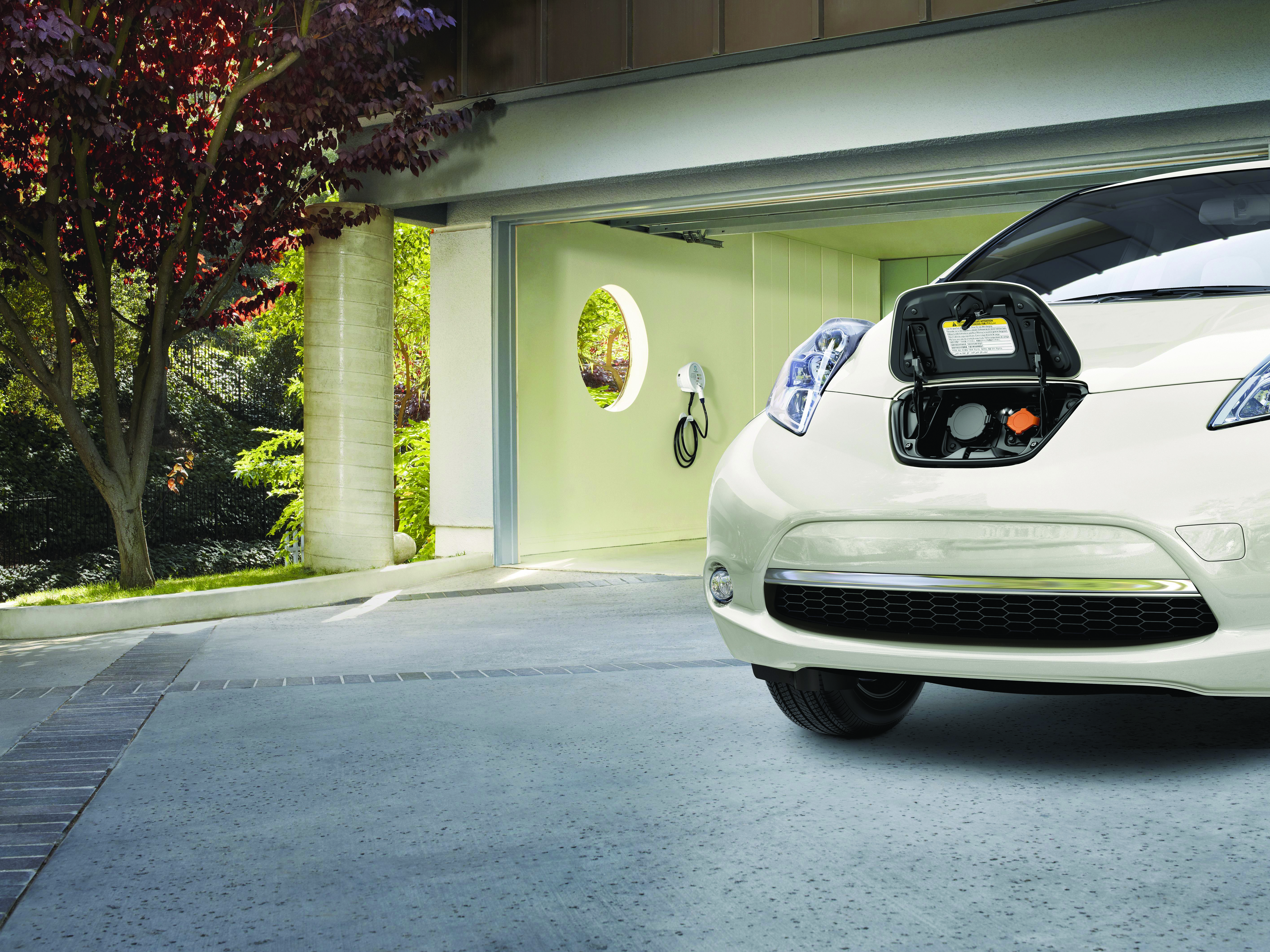Electric Vehicles Come of Age By Tom Tate
Jul. 18, 2018 | Co-op News

The appeal of electric vehicles is gaining momentum. The push for greater mileage in terms of MPG that began in the second half of the last century has been joined by the push for greater milesper charge.
The first-known electric car was developed in 1837 in Aberdeen, Scotland. Early variants were powered by galvanic cells rather than rechargeable batteries. The lead-acid battery was invented in France in 1859 with further French development leading to manufacturing of these batteries on an industrial scale in the early 1880s. This allowed a rechargeable battery to be installed on the vehicle.
Soon, manufacturers were selling a wide array of EVs ranging from trams to trolleys, to cars, and even locomotives. Interest in electric cars blossomed in the late 1890s and early 1900s. As roads improved and became more extensive, demand for greater range emerged. A variety of solutions were put forth, including the first battery exchanges by an electric utility in Connecticut in 1910 and the first hybrid automobile in 1911. But the rapid expansion of the country and the limitation of electricity to major cities and towns spelled the end of the electric car. The world wanted to be mobile and EVs simply did not have the range required. Fast forward to modern times and EVs are dominating the automotive news. Thanks to the electric cooperative movement, electricity is available everywhere in the U.S., the majority of roads are paved and environmental concerns are increasing awareness.
While many drawbacks of EVs are gone, there is still a major concern limiting EV growth dubbed “range anxiety.” This stems from the persistent limited range of all EVs. While the Tesla offering provides 270 miles for their all-wheel-drive model and 355 miles on their standard models, that pales in comparison to most internal combustion cars. And, the lack of a rapid charging infrastructure is an ongoing impediment. Just like their 20th-century predecessors, pure EVs are great “city cars.”
Fortunately, advances in battery technology are hammering away at the range issue. Range is steadily expanding and battery-management systems are squeezing out more miles. Range anxiety notwithstanding, EVs have a bright future. Prices are dropping and range is expanding so owners can confidently drive nearly everywhere with a little bit of planning. On top of this, the cars are just plain cool. The Tesla Model 3 promises a minimalist interior with all the necessary controls and information presented on a large touchscreen in the center of the console as opposed to using the traditional instrument cluster. Further, if you’ve never driven an electric vehicle, you are in for a treat. While an internal combustion engine must rev up to speed, an EV has full power at its disposal instantly. Of course, there are limits on this 0-60 mph capability to prevent inexperienced and over-eager drivers from launching themselves into accidents and speeding tickets.
One final word: If you do purchase an EV, be sure to let Delaware Electric Cooperative know. The service to your home is sized to meet the demands of your house as it existed when service was connected. Adding the EV charger creates a risk of overloading the wires and transformers powering your home. Overloaded services can fail and leave you in the dark with an uncharged EV.